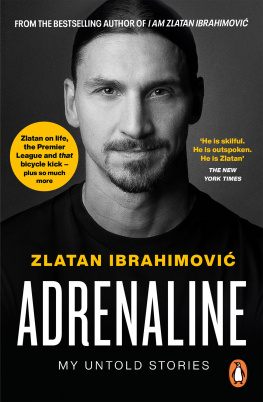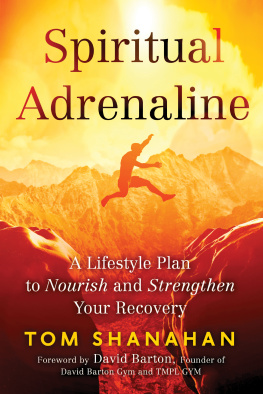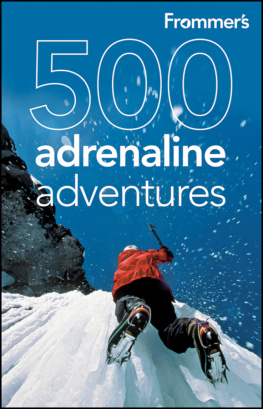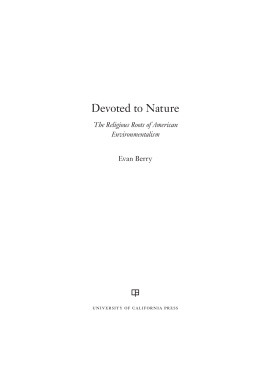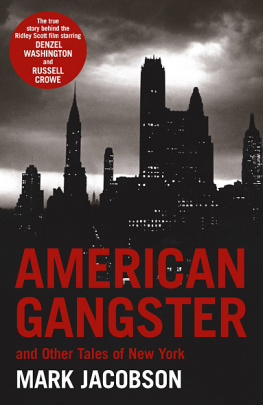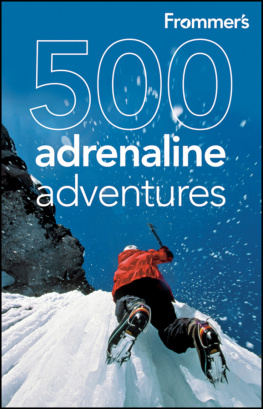THE
AMERICAN
ADRENALINE
NARRATIVE
THE
AMERICAN
ADRENALINE
NARRATIVE
KRISTIN J. JACOBSON

2020 by the University of Georgia Press
Athens, Georgia 30602
www.ugapress.org
All rights reserved
Designed by Kaelin Chappell Broaddus
Set in by 9.5/13 Skolar Latin by Kaelin Chappell Broaddus
Most University of Georgia Press titles are
available from popular e-book vendors.
Printed digitally
Library of Congress Control Number: 2019044474
ISBN: 9780820356990 (hardback: alk. paper)
ISBN: 9780820357188 (paperback: alk. paper)
ISBN: 9780820356983 (ebook)
TO MY PARENTS,
BEV & PAUL,
FOR ALWAYS
SUPPORTING
MY ADVENTURES.
CONTENTS
ACKNOWLEDGMENTS
My formal academic work on this project began as a graduate student in the English department at Penn State University. My final paper in Bob Burkholders Nature Writing/Ecocriticism class, which I later workshopped in Kit Humes summer graduate course, eventually became my first published article. Their initial guidance along with feedback from my peers in both classes planted the seed for this book.
I greatly appreciate the support of my colleagues and the administration at Stockton University, where I received research support to attend conferences to develop this project as well as sabbatical release time to complete the final writing and editing. In 2015, Stockton University also supported my attendance at the American Association of State Colleges and Universities American Democracy Projects Stewardship of Public Lands seminar in Yellowstone National Park. Additionally, in 2011, I participated in the National Endowment for the Humanities Summer Seminar, Rethinking the Land Ethic: Sustainability and the Humanities (Flagstaff, Ariz.), led by Joan McGregor and Dan Shilling. These seminars provided crucial foundational knowledge in the environmental humanities and an amazing network of interdisciplinary scholars. The Faculty Resource Network at New York University also provided access to essential research materials during a summer 2012 scholar-in-residence program. And my time teaching American environmental literature and sharing my research with diverse audiences as a Fulbright Greece Scholar at Aristotle University in Thessaloniki also helped me identify both the uniquely American and more universal qualities of the adrenaline narrative. E, especially to Tatiani Rapatzikou, who arranged for me to share my research during my time in Greece.
Stockton undergraduate Danielle (Nobilucci) Chiz organized a library of primary and secondary resources. Working with her that semester remains among my favorite teaching experiences. Zachary St. George, who was my American studies graduate assistant for one term, also contributed research assistance. I also want to acknowledge Shana Loshbaugh, Dale Goble, Ray J. Sapirstein, Janis Edwards, Thomas Ruys Smith, and Karen Dunak, who all responded to my H-NET American Studies query for suggestions about adrenaline narratives written by racial and ethnic minorities. Stockton Universitys Interlibrary Loan staff, in turn, efficiently filled numerous article and book requests. Thank you.
A heartfelt thank you goes to Beth Widmaier Capo, who read much of the draft manuscript and provided just the right mix of encouraging and critical feedback. Vorris Nunleys steadfast and enthusiastic support took many forms, from brainstorming ideas to sending cookies. Numerous friends, family, students, and colleagues over the years have shared articles and other media related to this topic. My work is richer for their thoughtful attention. I am especially grateful for campus invitations to share my research: this feedback from faculty and students at the University of Alabama in Huntsville, SUNY Fredonia, the University of WisconsinStout, the University of WisconsinLa Crosse, Miami University Middletown, and Penn State University proved invaluable as I completed the manuscript. I also want to express my gratitude to the staff and editors at the University of Georgia Press for their careful attention to my work. In particular, I wish to thank my anonymous readers: their insightful feedback improved the text considerably.
My less formal exploration of adrenaline narratives began much earlier than my graduate work at PSU, with family camping trips, with sharing books with my father, with soaking up Colorados adventurous climate while a graduate student at the University of Colorado, with teaching in China and traveling through Tibet, and with an undergraduate January-term backcountry backpacking trip to Big Bend National Park. While reviewing texts on my bookshelf I was reminded that in 1989 adventurer Will Steger presented me with the Girl Scout Gold Award and a signed copy of his book. This research adventures beginnings are multiple and have taken me to unexpected places. I hope this book will similarly lead you forwardtoward a better understanding of the American origins of our adventurous desires and our environmental future.
Portions of the chapters are revised and expanded from the previously published article Desiring Natures: The American Adrenaline Narrative, Genre 35, no. 2 (Summer 2002): 35582, reprinted in Contemporary Literary Criticism, vol. 248 (CLC-248), edited by Jeff Hunter (Detroit: Gale, 2008).
THE
AMERICAN
ADRENALINE
NARRATIVE
CHAPTER 1
DESIRING
NATURES
The Jia Tsuo La pass in Tibet (also called Lhakpa La and Gyatso La), at 17,126 feet (5,220 meters), marks the highest I have ever traveled without leaving the ground. Amazingly, at least from my perspective, I was still over 10,000 feet short of the highest point on earth, Mount Everestor Chomolungma (Holy Mother) in Tibetan and Sagarmth in Nepali. At the peak of my Tibetan travels, I reflected on what desires pushed me to catch a glimpse of Everest from a tour bus. I wondered, if I had not read about twelve people losing their lives on Everest in 1996, if Jon Krakauer had not been one of the climbers that spring to summit, survive, and tell the tale, whether I would have found myself experiencing my own modified extreme adventure three years later. I continue today to consume accounts of perilous outdoor adventures. And I am not alone.
We live in an age where the marketing and consumption of extreme adventure is all around us in ways we might variously label both natural and unnatural: expedition jackets often see far more concrete sidewalks than rock faces, energy drinks and bars fuel work marathons or simply provide Yet while such marketing campaigns differ in degree, they all rely on the appeal created by connecting adventure and nature: a desire that is fundamental to American identity and that taps into our contemporary fascination with another set of related extremesapocalypse and survival.
The attempt to understand the desires related to radical, risky acts like climbing to 29,029 feet as well as the everyday participation in and fascination with extreme lifestyles lies at the heart of this book and the extreme adventure narratives it studies. The American Adrenaline Narrative identifies and examines such stories desiring natures and considers how perilous outdoor adventure tales, what I term adrenaline narratives, simultaneously promote and hinder ecological sustainability. This chapter specifically outlines the narratives historical roots, the forces that contribute to its late twentieth-century mainstream popularity, the methodology used to understand these stories, and how this understanding contributes to contemporary environmentalism. I go on to outline the narratives unique characteristics and the chapters that follow, which focus on the five primary desires or attitudes toward nature that adrenaline narratives exhibit.
Next page

